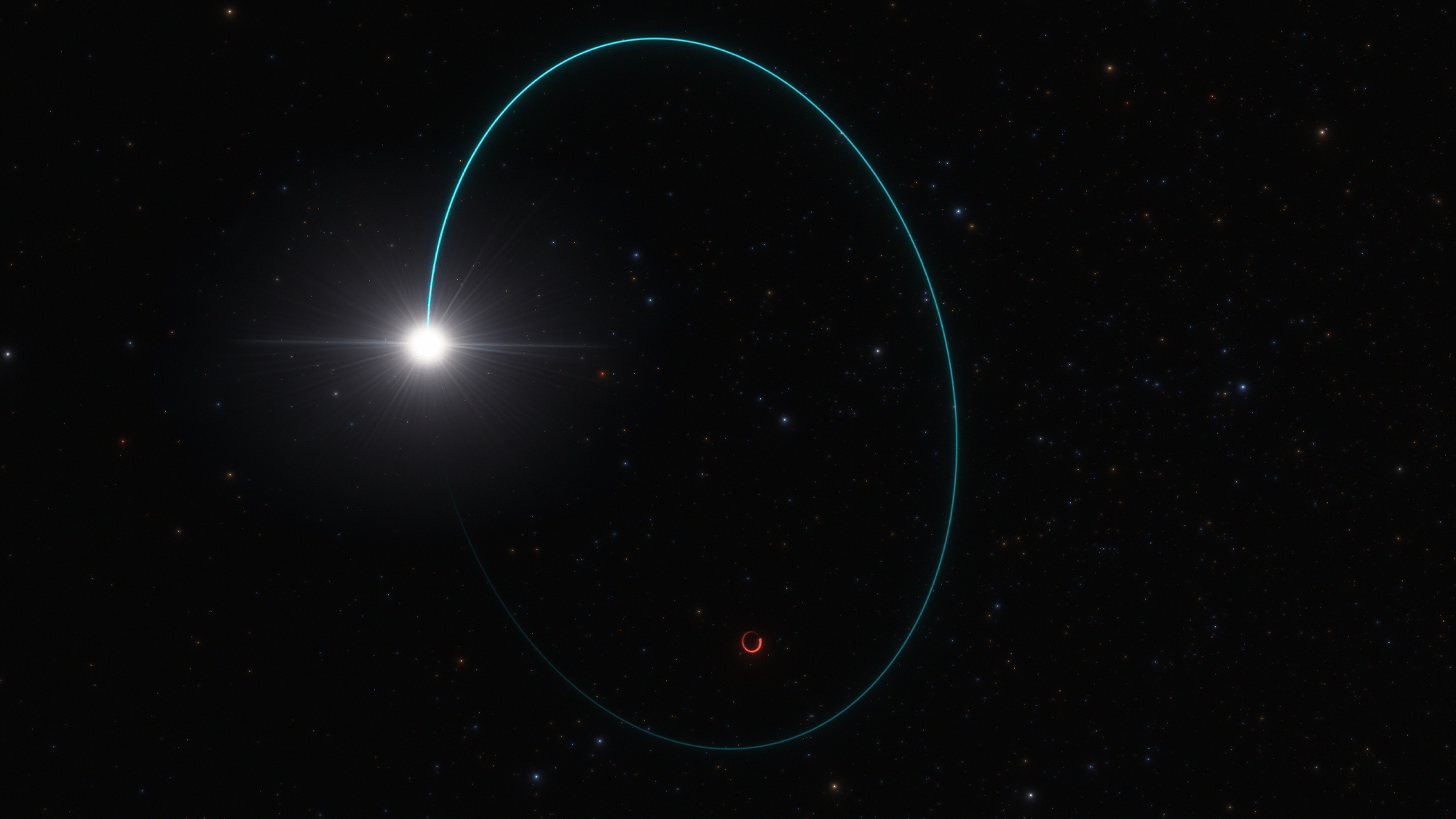

Scientists have discovered an enormous stellar-mass black hole in our Milky Way galaxy that’s roughly 33 times more massive than our sun. This black hole designated as Gaia-BH3 was observed with the European Space Agency’s (ESA) Gaia space telescope and is pretty close to Earth in space-terms at only 2,000 light years away. It is described in a paper presented April 16 in the journal Astronomy & Astrophysics.
What is a stellar-mass black hole?
Stellar-mass black holes like Gaia-BH3 are formed when a large star runs out of gas and then collapses. They are generally about 10 times as massive as our sun. Data from the European Southern Observatory’s Very Large Telescope and other ground-based observatories verified its large mass of 33 times bigger than the sun. The stellar-mass black hole Cygnus X-1 is only 21 solar masses, making Gaia-BH3 “exceptional.”

However, both are considered small compared with the supermassive black hole at the heart of our galaxy–Sagittarius A*. Its mass is 4.2 million times that of the sun. Enormous black holes like Sagittarius A* are created by progressively larger and larger black holes merging together, and not by the death of large stars.
A landmark discovery
This new discovery is considered a landmark by scientists because it’s the first time that a large black hole with this kind of origin story has been found so close to Earth. One of the clues that tipped off the Gaia mission team was an odd ‘wobbling’ motion occurring on the companion star orbiting the black hole.
Gaia-BH3 is 2,000 light-years away in the constellation Aquila and is Earth’s second-closest known black hole. It was also an unexpected find while an international team of scientists were reviewing Gaia observations ahead of a full data drop planned for next year.
[Related: Fastest-growing black hole eats the equivalent of one sun a day.]
“No one was expecting to find a high-mass black hole lurking nearby, undetected so far,” Pasquale Panuzzo, an astronomer at the Observatoire de Paris, part of France’s National Centre for Scientific Research and Gaia collaboration member, said in a statement. “This is the kind of discovery you make once in your research life.”
Mass rich, metal-poor
Astronomers have found similarly large black holes outside of the Milky Way galaxy. The prevailing theory is that they may form from the collapse of stars that do not have many elements heavier than helium and hydrogen in their chemical makeup. These stars are considered “metal-poor” and are believed to lose less mass over their lifetimes, so they have more material left over to produce these high-mass black holes after they die. Evidence directly linking metal-poor stars to high-mass black holes has been lacking until these new observations.
Stars that come in pairs tend to have similar chemical compositions, so Gaia BH3’s companion star holds some important clues to how the star collapsed to create this giant black hole. Data from the Very Large Telescope’s Ultraviolet and Visual Echelle Spectrograph instrument showed that the companion star was very metal-poor. This means that the star that collapsed to form Gaia BH3 was also metal-poor, as the theories predicted.
[Related: Black hole collisions could possibly send waves cresting through space-time.]
“We took the exceptional step of publishing this paper based on preliminary data ahead of the forthcoming Gaia release because of the unique nature of the discovery,” astronomer Elisabetta Caffau, a study co-author from the CNRS Observatoire de Paris also a Gaia collaboration member, said in a statement.
According to the team, making this data available early will allow other astronomers to study Gaia BH3 immediately without waiting for the complete Gaia data release. The full release from the space telescope is planned for late 2025 at the earliest and additional observations could reveal more about the black hole’s history.